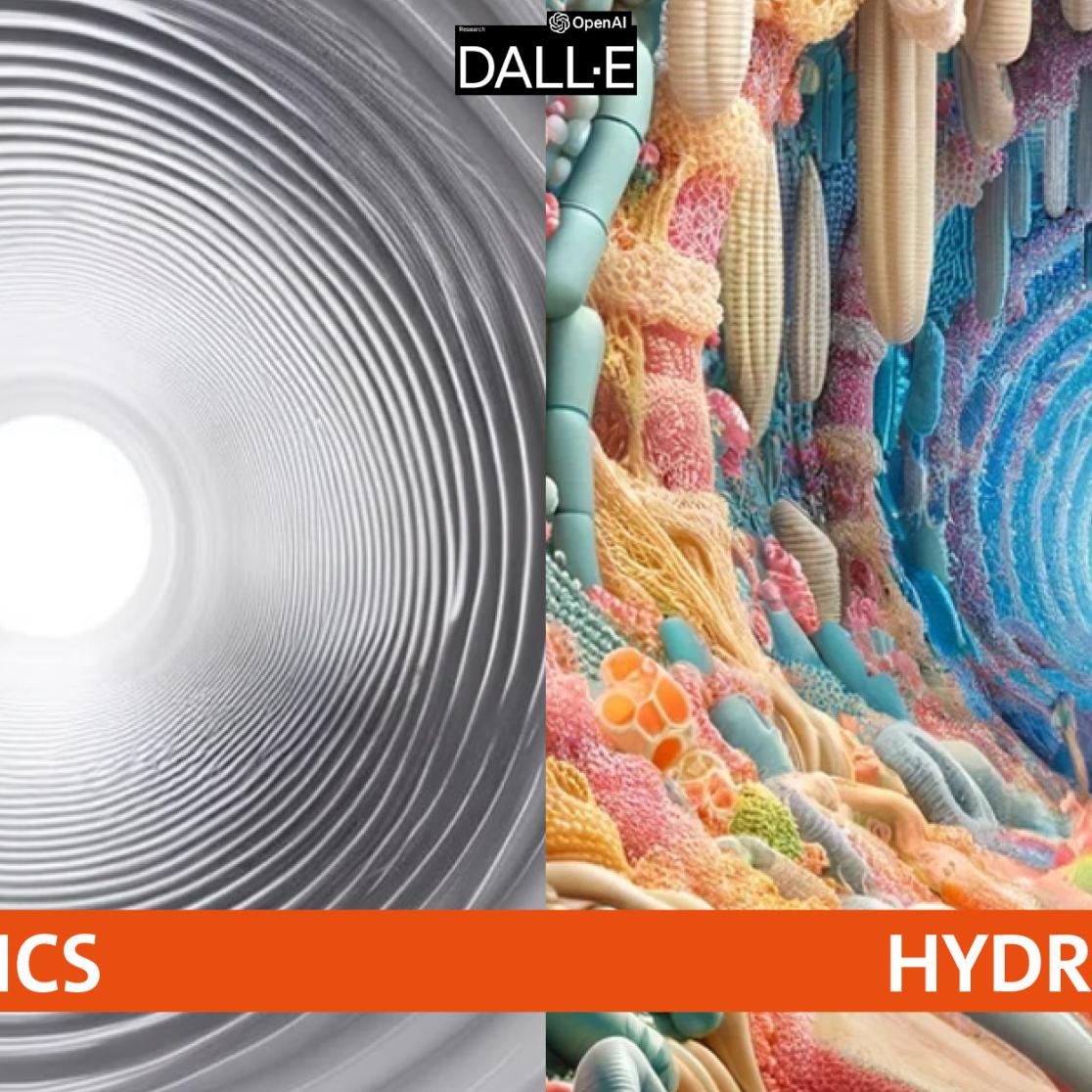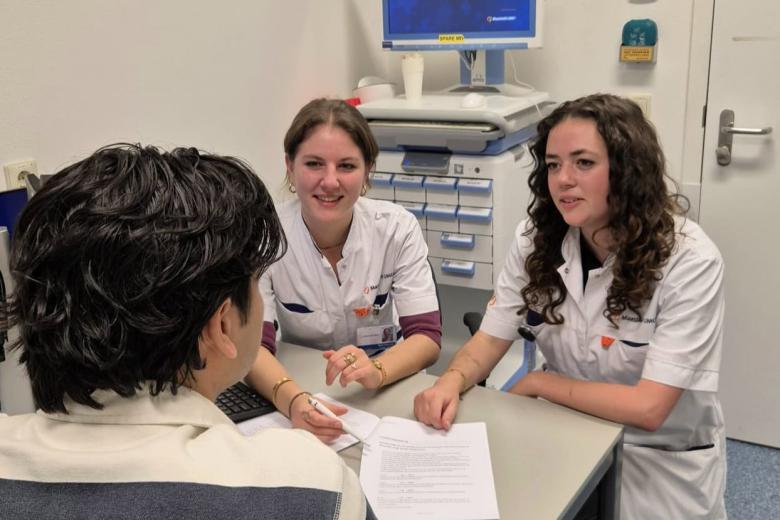Adrián Seijas Gamardo: 3D in vitro models provide new insights into diseases and drug development
More than 3000 people work for the Faculty of Health, Medicine and Life Sciences. That’s more than 3000 individuals, each with their own interesting story. Our ‘nice to meet you section’ is created so you can read about your colleagues and learn what their story is. This time we talked to Adrián Seijas Gamardo, PhD candidate at the “MERLN Institute for Technology-Inspired Regenerative Medicine” who is developing new 3D technology for the fabrication of more complex in vitro models.
Plastics versus patterned hydrogels
In vitro cultures provide an insight into the behaviour of cells and tissues in a controlled environment, outside of the human body. Think of a petri dish for example. Although useful, conventional 2D in vitro models use plastics which aren’t representative for the human body. Adrián is working at MERLN as a PhD candidate to fabricate new 3D in vitro models that are more complex using patterned hydrogels. “These 3D platforms mimic the human body’s condition better and can provide us with new insights into diseases and drug development. Another benefit is that fabricating these platforms also reduces the need for animal research.” The image here is a visual representation, generated by A.I., illustrating the difference between plastic and hydrogels in in vitro models

Master Biomedical Sciences
Before working at MERLN, Adrián followed the master Biomedical Sciences with a specialization in regenerative medicine at Maastricht University. When he started (under the supervision of Paul Wieringa and Lorenzo Moroni, director of MERLN) he didn’t know that some of the biofabrication technologies he uses now even existed. And now four years later, his complex 3D models will provide insights into the blood-brain barrier and endometriosis.
Blood-brain barrier
The blood-brain barrier is the selective layer in our blood vessels that keeps harmful substances in the bloodstream from reaching the brain. “But for drug treatment, say specific for Alzheimer, we need to find ways to open the blood-brain barrier so the drug can pass through” Adrián explains. “We are just at the beginning of fabricating the blood-brain barrier realistically. Right now, most people use transwells, that can be compared with a plastic spaghetti strainer coated with blood brain barrier cells to see what passes through and what doesn’t. What we strive for is fabricating a more complete in vitro chip that recreates very thin blood vessels with astrocytes wrapped around them (which regulate the barrier permeability). That way, we can investigate what drug modification is necessary so the drug can pass through the barrier.”
Besides fabricating models for the blood-brain barrier, Adrián has another project. One that will benefit a large group of women suffering from endometriosis, which has been an understudied condition up until recently.
The call for endometriosis research
Endometriosis affects roughly 10 percent of women globally. It’s a condition caused by the growth of endometrial tissue in other parts of the body, normally around the pelvic area, and can generate a lot of pain. “We don’t understand yet how it starts, but a hypothesis is that the pain is caused by the inflammation generated by this migrated endometrial tissue. Together with MUMC+, we are generating endometrial organoids (artificially cultured miniature organs) from patients, and these allows us to mimic the endometrium in 3D. Then we can culture them in a fibrotic environment (thickened or scar tissue) and add sensory neurons, to investigate what activates the neurons and causes pain.”
According to Adrián, who used to do science communication in Spain, general public can have an influence on what research is done. “If enough women ask questions about endometrioses and call for a better understanding of it and more treatment, governments will direct funding to conduct this type of research
Also read
-
More than a student job: five alumni about their unique role in groundbreaking vascular research
What is it like to take part in cutting-edge vascular research as a student, standing in the operating room, directly responsible for handling patient material? Five alumni of the Maastricht MAPEX student team share what they learned, the challenges they faced, and how this experience shaped their...

-
Sophie Jooren - Compliance to local tobacco policies
Whether a specific intervention to create a smoke-free outdoor environment is effective or not has been widely studied. However, to improve compliance, policymakers need to understand how smokers react to those interventions and the factors influencing their compliance.

-
Sweeteners help maintain weight loss after dieting
Overweight people who want to lose weight successfully are better off supplementing their healthy diet with sweeteners than with foods containing sugar products. An international study, in which Maastricht University (UM) participated, shows that people who supplement their diet with sweeteners are...
